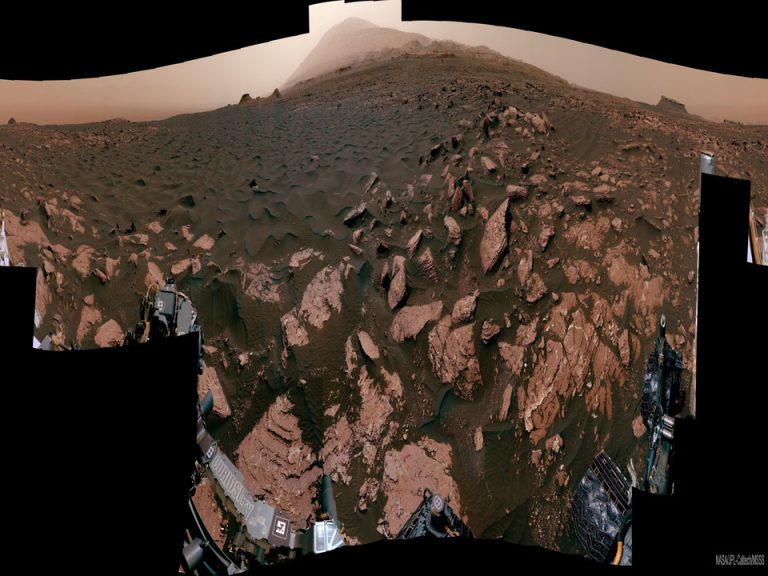2025年3月27日
Messier 81
Image Credit & Copyright: Lorand Fenyes
Explanation: One of the brightest galaxies in planet Earth’s sky is similar in size to our Milky Way Galaxy: big, beautiful Messier 81. Also known as NGC 3031 or Bode’s galaxy for its 18th century discoverer, this grand spiral can be found toward the northern constellation of Ursa Major, the Great Bear. The sharp, detailed telescopic view reveals M81’s bright yellow nucleus, blue spiral arms, pinkish starforming regions, and sweeping cosmic dust lanes. But some dust lanes actually run through the galactic disk (left of center), contrary to other prominent spiral features. The errant dust lanes may be the lingering result of a close encounter between M81 and the nearby galaxy M82 lurking outside of this frame. Scrutiny of variable stars in M81 has yielded a well-determined distance for an external galaxy — 11.8 million light-years.
Tomorrow’s picture: pixels in space
M81
影像提供与版权: Lorand Fenyes
说明: 庞大美丽的M81,大小和我们的银河系相近,同时也是地球天空中最明亮的星系之一。位于北天大熊座方向的这个宏伟螺旋星系,亦名为NGC 3031,另外也因它的18世纪发现者而有波德星系的称号。这幅清晰细致的望远镜影像,呈现了M81明亮泛黄的核心、蓝色的螺旋臂、粉红的恒星形成区和蜿蜒的尘埃带。在影像的中左方,可见到有些尘埃带与其他螺旋臂结构逆向而行,穿过了星系盘。这些行为怪异的尘埃带,可能是M81与它的较小、位在这幅影像之外的邻近星系M82,曾发生近距离接近的遗迹。在仔细检验M81内的变星之后,天文学家完成了河外星系的最佳定距工作之一,并将其距离定为1千1百80万光年。
明日的图片: pixels in space







